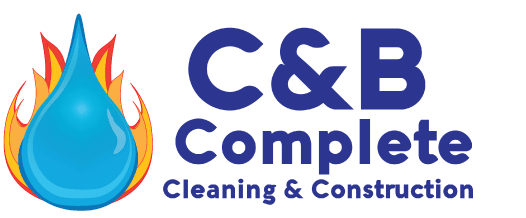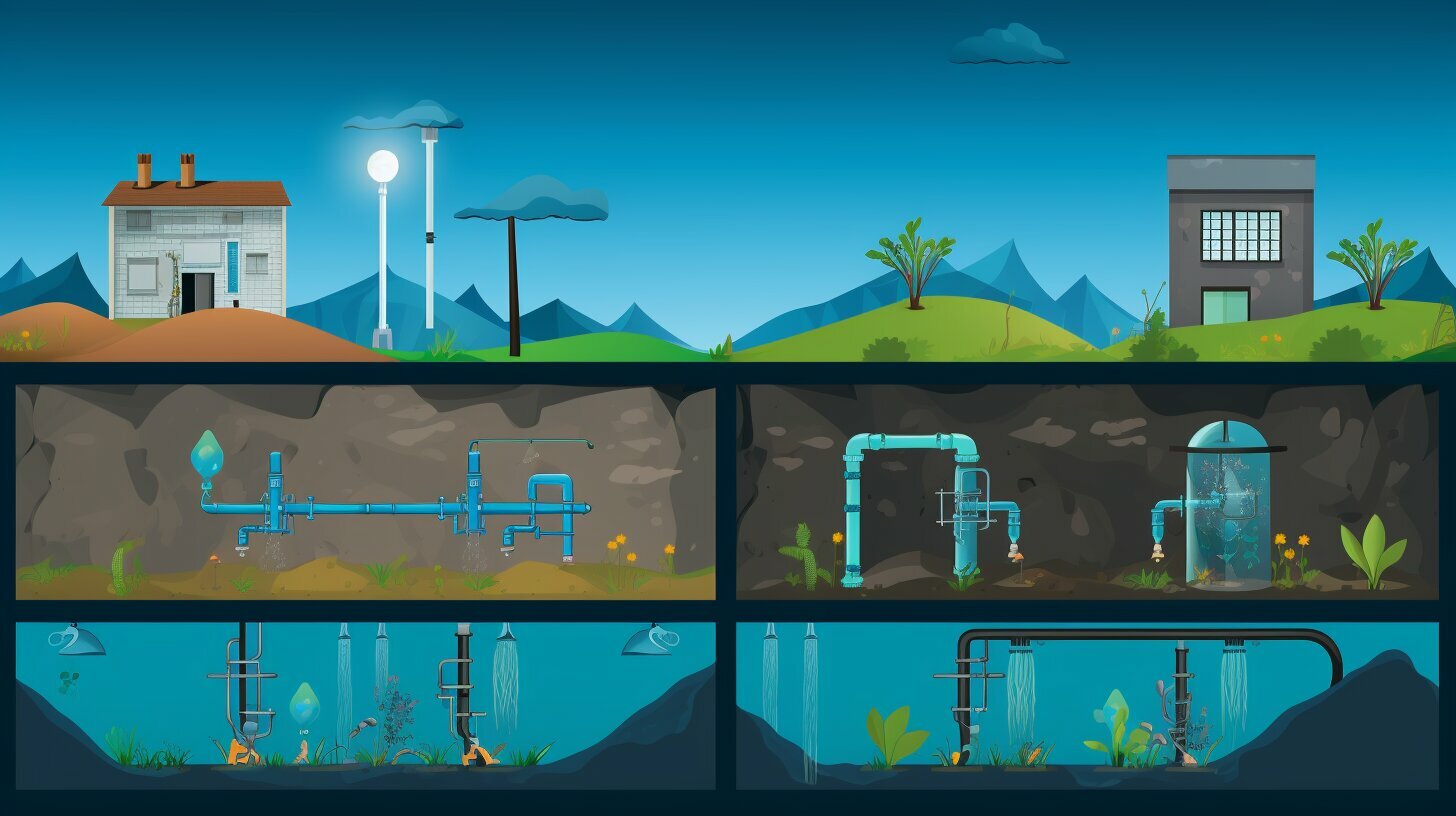Water is a vital resource, and extracting it for various needs requires using different methods and techniques. Whether you are extracting water for industrial, agricultural, or personal use, it is essential to understand the various methods of extracting water to ensure efficient and sustainable water management.
In this section, we’ll explore the different water extraction techniques and help you understand which methods will best meet your water extraction needs.
Key Takeaways:
- Various methods of water extraction exist for different applications.
- Understanding the different techniques will help you improve efficiency and sustainability.
- Water extraction procedures involve a combination of methods and techniques.
- Efficient water extraction can help address water scarcity.
- Exploring innovative water extraction technologies is crucial for effective water management.
Traditional Water Extraction Methods
When it comes to water removal methods, traditional techniques have been relied upon for many years. These water extraction processes involve using pumps or siphoning to remove water from a source. The use of pumps is common in both residential and commercial settings, where they are essential for removing water from flooded basements or construction sites.
In addition to pumps, siphoning involves using hoses and gravity to remove water from one location to another. This method is often used to extract water from small bodies of water, like pools or ponds.
While traditional water extraction methods are effective for smaller-scale projects, they can be time-consuming and labor-intensive for larger-scale projects. Additionally, the use of pumps and hoses can be environmentally damaging if proper disposal procedures are not followed.
Despite these limitations, traditional methods of water extraction remain a viable option for many situations. They are relatively simple and cost-effective, making them a popular choice for DIY projects or emergency situations where more advanced equipment is not available.
Advanced Water Extraction Technologies
Advances in technology have revolutionized the way we extract and recover water. Using modern water extraction equipment and systems, water can be extracted efficiently and sustainably, with minimal impact on the environment. Here are some of the most innovative water recovery methods and extraction technologies:
- Advanced Filtration Systems: These systems use advanced membranes and filters to remove impurities and contaminants from water. They are commonly used in wastewater treatment plants and industrial water treatment facilities.
- Desalination Methods: Desalination is the process of removing salt and other minerals from seawater or brackish water to produce freshwater. There are several desalination methods, including reverse osmosis, electrodialysis, and thermal distillation.
- Automated Extraction Systems: Automated water extraction systems use sensors, pumps, and other equipment to monitor and extract water from various sources, such as groundwater wells, rivers, and lakes. These systems can operate continuously, with minimal human intervention.
These advanced water extraction technologies offer many benefits, such as increased efficiency, reduced environmental impact, and improved water quality. By using these technologies, you can extract water more sustainably and ensure a reliable supply of clean water for your needs.
Water Extraction Procedures and Solutions
Water extraction is a crucial process that involves the removal of water from various sources, such as flooded areas, groundwater, and industrial wastewater. To effectively extract water, it is essential to follow a step-by-step procedure that involves a combination of methods and techniques. Here’s what you need to know about the water extraction procedures and sustainable solutions:
Water Extraction Procedures
The process of water extraction involves several steps, starting with assessing the water source and identifying the extraction method that is suitable for the job. The following are the standard procedures involved in water extraction:
- Assessment: The first step is to assess the water source to determine the extraction method that is most suitable for the job. This involves identifying the type of water, the extent of water damage, and the potential risks involved.
- Extraction: The second step involves using various techniques to remove water from the source. This can include using pumps, vacuums, and dehumidifiers to extract water from the affected area.
- Drying: The third step involves drying the affected area to prevent further damage. This can be achieved using air movers, dehumidifiers, and other drying equipment depending on the extent of the damage.
- Monitoring: The final step involves monitoring the drying process to ensure that the area is completely dry and free of moisture. This is important to prevent the growth of mold and other harmful microorganisms that can cause health problems.
Water Extraction Solutions
Water extraction solutions involve sustainable methods that help to minimize the environmental impact of the extraction process. Here are some sustainable solutions for water removal:
- Rainwater harvesting: This involves collecting rainwater for re-use in irrigation, cleaning, and other non-potable uses. It is a sustainable solution that helps to conserve freshwater resources.
- Groundwater recharge: This involves replenishing groundwater aquifers by directing surface water to underground storage areas. It is a sustainable solution that helps to increase groundwater supplies and reduce the risk of drought.
- Proper disposal and treatment: After water extraction, it is important to properly dispose of and treat the extracted water to prevent contamination of nearby water sources. This can involve using treatment facilities or directing the water to suitable discharge points.
By following the appropriate water extraction procedures and sustainable solutions, you can effectively remove water from various sources while minimizing environmental impact. Always ensure that you follow the recommended guidelines and seek professional help when necessary to ensure optimal results.
Section 5: Conclusion
Understanding water extraction methods is crucial in addressing water scarcity and meeting various water needs. Traditional water extraction methods such as pumps and siphoning are effective for smaller-scale projects, but modern times call for advanced technologies.
Advanced water extraction technologies like automated extraction systems, desalination methods, and advanced filtration systems improve efficiency and sustainability.
Combining different water extraction procedures and solutions can effectively remove water from various sources. Rainwater harvesting and groundwater recharge are sustainable solutions to consider.
Proper disposal and treatment of extracted water are crucial in minimizing environmental impact. Stay informed about the latest water extraction technologies, procedures, and solutions to manage water resources efficiently.
FAQ
What are the methods of extracting water?
There are various methods of extracting water, including traditional techniques such as using pumps or siphoning, as well as advanced technologies like filtration systems and desalination methods. Understanding these methods can help improve efficiency and meet your water extraction needs.
What are traditional water extraction methods?
Traditional water extraction methods involve techniques such as using pumps or siphoning to remove water from a source. These methods have been used for many years and are effective for smaller-scale water extraction projects. They have advantages and limitations that we will discuss in detail.
What are advanced water extraction technologies?
Advances in technology have led to the development of innovative water extraction technologies. This includes advanced filtration systems, desalination methods, and automated extraction systems. We will explore these modern techniques and equipment used for water extraction and discuss their benefits in terms of efficiency and sustainability.
What are water extraction procedures and solutions?
Water extraction procedures and solutions involve a combination of methods and techniques to effectively remove water from different sources. In this section, we will discuss the step-by-step processes involved in water extraction and explore sustainable solutions such as rainwater harvesting and groundwater recharge. We will also emphasize the importance of proper disposal and treatment of extracted water.
Why is understanding water extraction methods important?
Understanding water extraction methods is crucial in addressing water scarcity and meeting various water needs. By leveraging traditional methods, advanced technologies, and sustainable solutions, we can ensure efficient water extraction while minimizing environmental impact. Staying informed about the latest water extraction technologies, procedures, and solutions is essential for effective water resource management.









